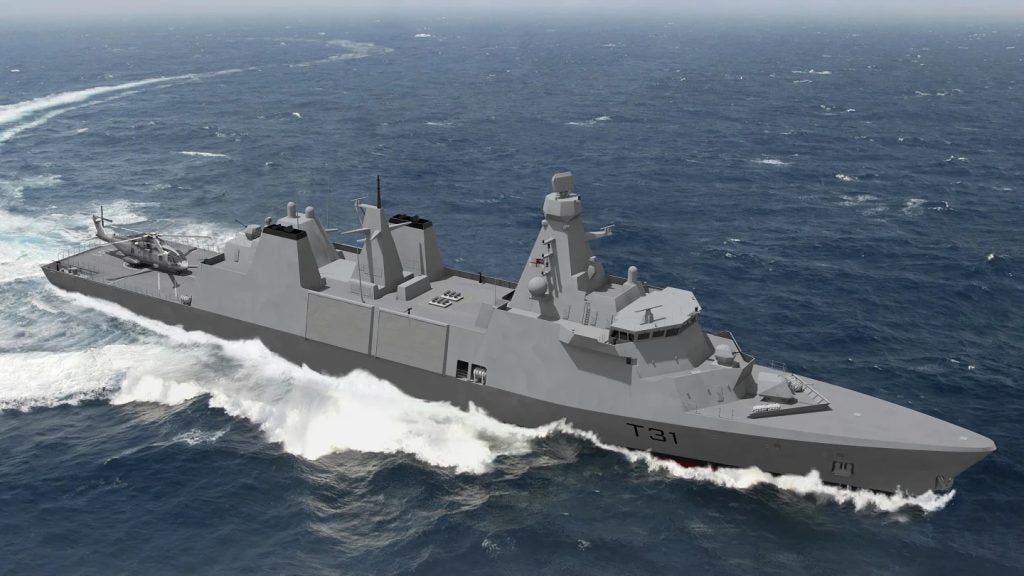The Harrier II Plus AV-8B is a vertical or short-take-off-and-landing (VSTOL) fighter and attack aircraft operational with the US Marine Corps (USMC), the Spanish Navy and the Italian Navy.
The Harrier II Plus extends the capabilities of the Harrier with the introduction of a multi-mode radar and beyond-visual-range missile capability.
The US Marine Corps received the first AV-8B in 1993. The USMC has 215 aircraft, the Italian Navy has 18 and the Spanish Navy 17. The UK Royal Air Force has 60 Harrier GR7 aircraft which are being upgraded to GR9. The Harrier GR9 entered service in September 2006, with delivery of the first 24 aircraft.
First operational deployment of the GR9 was in January 2007 at Kandahar in Afghanistan as part of the NATO International Security Force (ISAF).
Since 1969, 824 Harrier variants have been delivered. The manufacture of new Harriers concluded in 1997. The last aircraft remanufactured to the Harrier II Plus configuration was delivered in December 2003. This marked the end of the Harrier production line.
The AV-8B has been deployed in Operation Desert Storm, Somalia, Bosnia and Operation Iraqi Freedom.
In 2014, the US Marine Corps announced its plans to retire the AV-8B Harrier II fleet. The Harrier will be replaced with the F-35B Lightning II aircraft by 2028.
Harrier II cockpit
The cockpit is fully integrated for day and night operability and is equipped with head-up and head-down displays, a digital moving map, an Inertial Navigation System and a Hands-On Throttle and Stick system.
Weapons
The Harrier II Plus is capable of deploying a wide range of weapon systems, including the air-to-air AMRAAM and Sparrow missiles, air-to-surface AGM-65 Maverick missiles, anti-ship Harpoon and Sea Eagle missiles, 25mm cannon and a range of bombs and rockets.
The AIM-120A Advanced Medium-Range Air-to-Air Missile (AMRAAM) from Raytheon Missile Systems is an all-weather, fire-and-forget air-to-air missile, equipped with an active radar seeker and a high-explosive warhead. The range is more than 50 miles, and the speed of the missile is 1.2km a second.
The Maverick AGM-65 anti-tank missile is installed on the Italian Harrier II Plus. The AIM-7 Sparrow medium-range air-to-air missile, a predecessor to the Raytheon AIM-120 AMRAAM, is held in the arms inventories of many countries, including the user countries of the Harrier II Plus aircraft. The Harrier II Plus is capable of deploying the Sea Eagle anti-ship missile from MBDA (formerly Matra BAe Dynamics), which is a fire-and-forget sea-skimming missile also carried on the Sea Harrier, and the air-launch version of Harpoon AGM-84 surface strike missile from Boeing.
USMC Harriers are being fitted with the 1,000lb Joint Direct Attack Munition (JDAM).
AV-8B aircraft have been fitted with the Northrop Grumman Litening II targeting and reconnaissance pod. Litening II consists of a CCD TV camera for video reconnaissance and FLIR [forward-looking infrared] and laser spot trackers/rangefinders for targeting. These are to be replaced with the latest generation Litening AT (Advanced Targeting) pod.
Sensors
The Harrier II Plus is equipped with the Raytheon APG-65 digital radar to provide day and night and adverse weather capability. The APG-65 is a jam-resistant, all-weather detection and tracking radar. In the air-to-air role, the radar operates in search, track and combat modes. Long-range interception missions use the radar’s long-range detection capability and, for the close-in air defence role, the radar uses rapid acquisition modes for the aircraft’s 25mm cannon and heat-seeking missiles.
In the air-to-surface role, the APG-65 radar provides high-resolution, long-range surface mapping and detection, and tracking of land-based and sea-based targets. The radar can locate small, fast patrol boats in high sea states and to detect large naval ships at long range.
Avionics
The avionics suite of the Harrier II Plus is very similar to that of the US Marine Corps’ Night Attack AV-8B and is equipped with a forward-looking infrared (FLIR) sensor, night-vision goggles (NVG) and an NVG-compatible cockpit. The image from the FLIR is projected on the wide-field-of-view head-up display or on one of the multi-purpose head-down displays to provide night-time and reduced-visibility capability.
Harrier II Rolls-Royce Pegasus VSTOL engine
The Pegasus engine 11-61 (F402-RR-408) from Rolls-Royce provides a high thrust-to-weight ratio and retains its performance in hot and high-altitude conditions. The significant aerodynamic features of the aircraft are large Leading-Edge Root Extensions and under-fuselage Lift-Improvement Devices and drooping ailerons (the control surface that forms part of the trailing edge of the wing), and the slotted flaps augment vectored engine thrust.
Contractors involved
In February 2009, GE Aviation won a $16m development contract from the US Navy to supply radar display computers for AV-8B aircraft. The radar display computer manages all control and display functions for the crew station.
The US Navy awarded BAE Systems a $19.7m contract in February 2011 to extend the application of the Advanced Precision Kill Weapon System from rotary-wing aircraft to AV-8B Harrier aircraft.
Stauder Technologies, a company specialising in targeting, geodetic, and communications systems, won a five-year contract to prepare, produce and deliver 170 Airborne Hyde Terminals for the AV-8B Harrier fleet in October 2014.
ViaSat, a company specialising in broadband services and technology, was contracted by Boeing to supply KOR-24A Small Tactical Terminals for the aircraft in May 2017.
Vertex Aerospace secured a $123m contract to provide aircraft maintenance and logistics support services for the aircraft in July 2020. The contract will increase the Harrier aircraft availability before the F-35 replaces the aircraft in 2028.
Vertex Aerospace chose BAE Systems as the subcontractor in January 2021. BAE Systems will enhance the efficiency of maintenance operations for the Harrier fleet by implementing predictive maintenance techniques and smart stock optimisation tools.











